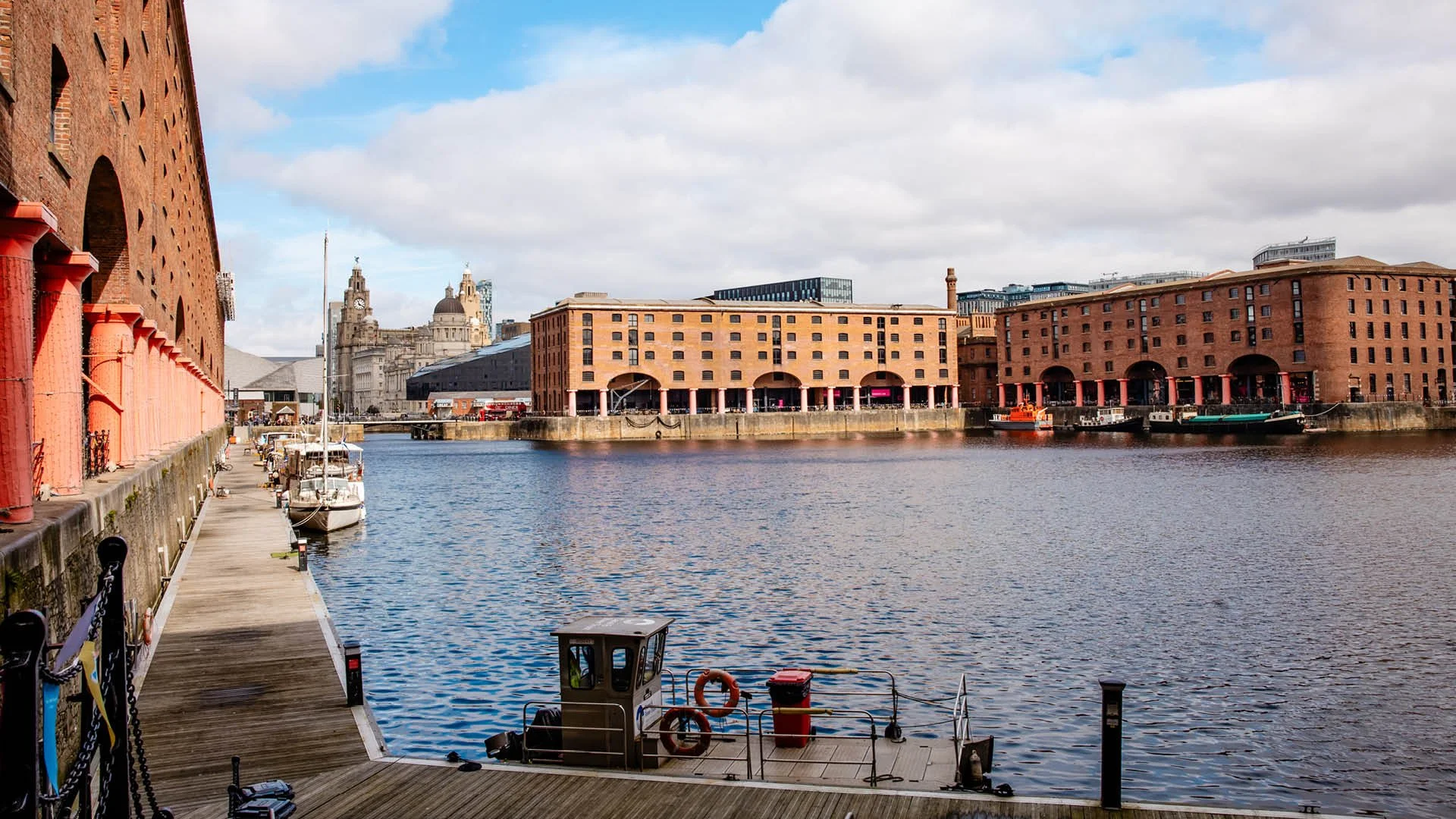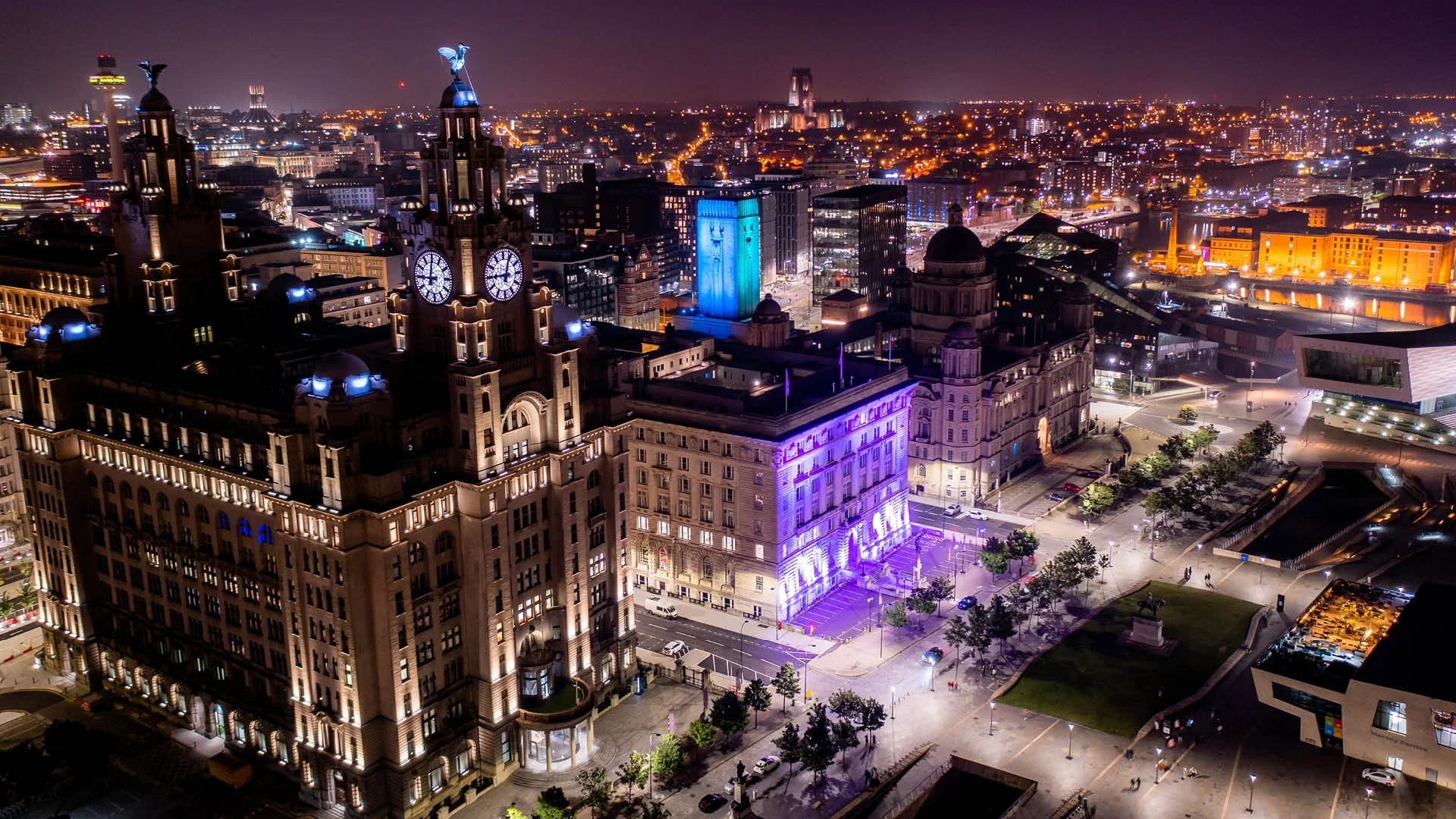Why Liverpool is the UK’s most unique city
A true staple of the north, to be in Liverpool is to be somewhere completely unlike anywhere in the UK. Whether you’re drawn by football, music, history or simply a sense of adventure, exploring Liverpool is an unforgettable experience.
The history
Labelled the ‘second city of the Empire’ and the ‘New York of Europe’, Liverpool truly came to fame in the 19th century as the busiest and wealthiest port in the world. Its vast docks powered global trade, emigration and industry and while the city’s fortunes were, until the early 19th century, shaped in part by the trans‑Atlantic slave trade before abolition in 1807, every quay, warehouse and tide‑gate reveals a story of commerce and consequence. Today, the docks have a new purpose with their regeneration in the late twentieth century, but they are still a fascinating place to visit and understand the origins of the city.
The music
In a similar way to New Orleans and Kingston, music occupies a defining part of Liverpool’s consciousness and identity as a city. The legacy of The Beatles, despite their incomparable worldwide renown, is woven into the city’s very fabric from the cellars of the iconic The Cavern Club on Mathew Street, where the Fab Four honed their craft, to the post‑punk explosion of Echo & the Bunnymen and The Teardrop Explodes that followed in their wake. Live music still pulses through Liverpool’s venues, whether you’re at the pilgrimage‑worthy Cavern or discovering a hidden basement club where the next great band is being born.
The football
Turn your lens to football and you’ll see a rivalry, pride and tradition like few other cities. Across the Merseyside derby between Liverpool F.C. and Everton F.C., this city has seen unprecedented levels of footballing drama, which famously divides friendship groups and families. The great Liverpool sides of the 1970s and early 1980s delivered domestic and European glory, and the legendary figures of Bill Shankly and ‘King’ Kenny Dalglish still loom large today.
Everton are able to stand proud in their own right, as ‘The People’s Club’ boasts silverware and iconic figures of their own, most notably Peter Reid and Andy Gray, who helped the Toffees win the league in 1985. Recently, Everton’s move to the state‑of‑the‑art Hill Dickinson Stadium at Bramley‑Moore Dock marked a new chapter for a club steeped in local labour and identity. This is a city where when one side plays, everything stops, and this is not replicated anywhere else in the country.
The art
Art, literature and creative voices have long flowed through Liverpool’s streets. From the galleries of the Tate Liverpool (currently undergoing a major £30 million revamp) to poets and writers born of its working‑class spirit, the city has earned its place in the cultural conversation.
The Walker Art Gallery, College of Art, and the thriving ‘Mersey Sound’ of poets like Roger McGough and Brian Patten anchor a literary tradition that is as bold as anywhere else in the country. With impressive modern installations standing alongside Victorian grandeur, Liverpool continues to bridge past and present through street art and its continual championing of the performing arts.
The identity
Finally, there’s that unforgettable Scouse identity. To be from Liverpool is to belong to a community defined by laughter and resilience, by tragedy and triumph. From the haunting memory of the Hillsborough disaster to the international reach of its port‑city past, the people of Liverpool have forged a character all their own, incomparable to any other part of the UK.
They view themselves with a warm defiance, distinct from the rest, yet open‑hearted and global due to the city’s maritime past. Above all, it’s the warmth of the locals that stands above everything else, as in Liverpool, you’ll always be welcome, as long as you can take a joke.
























